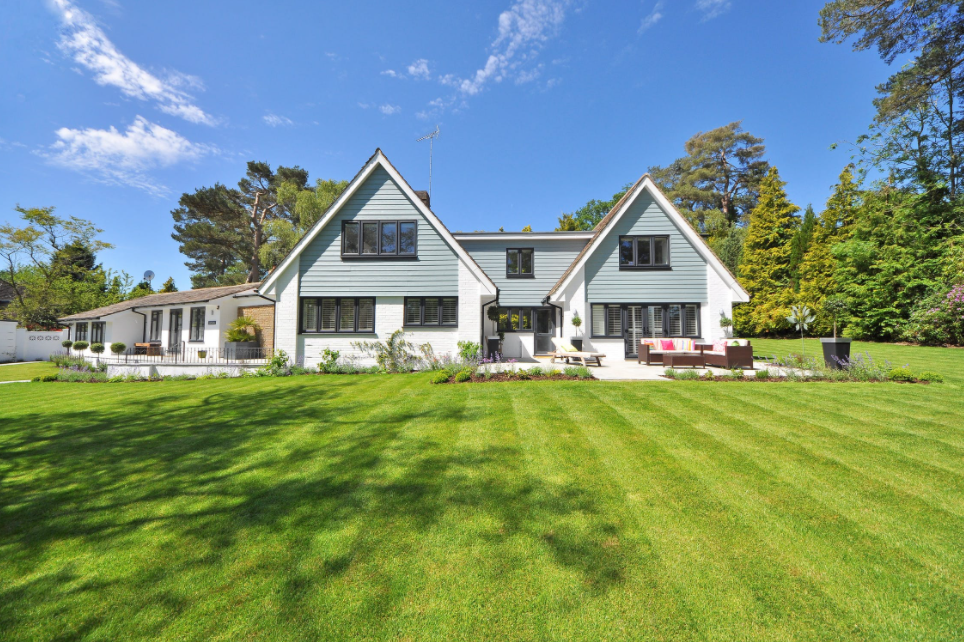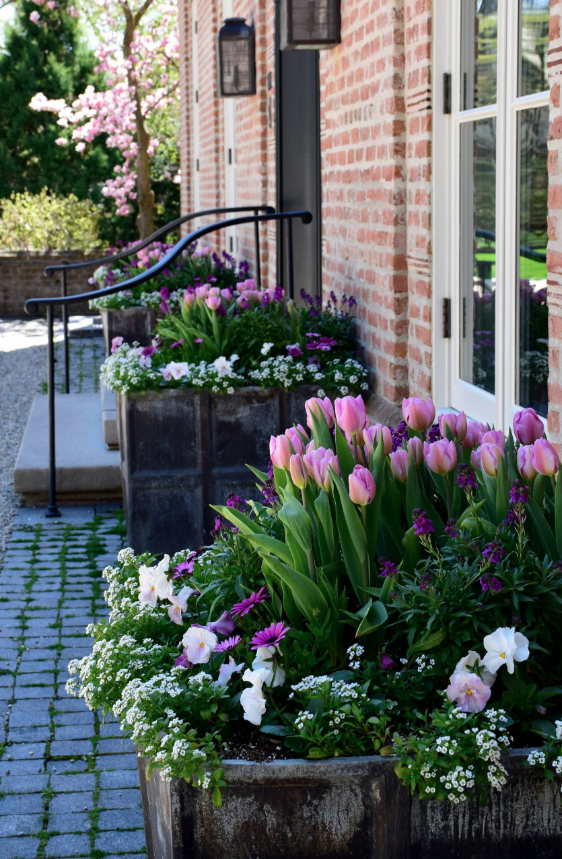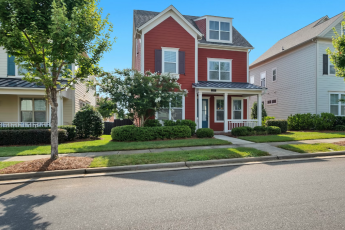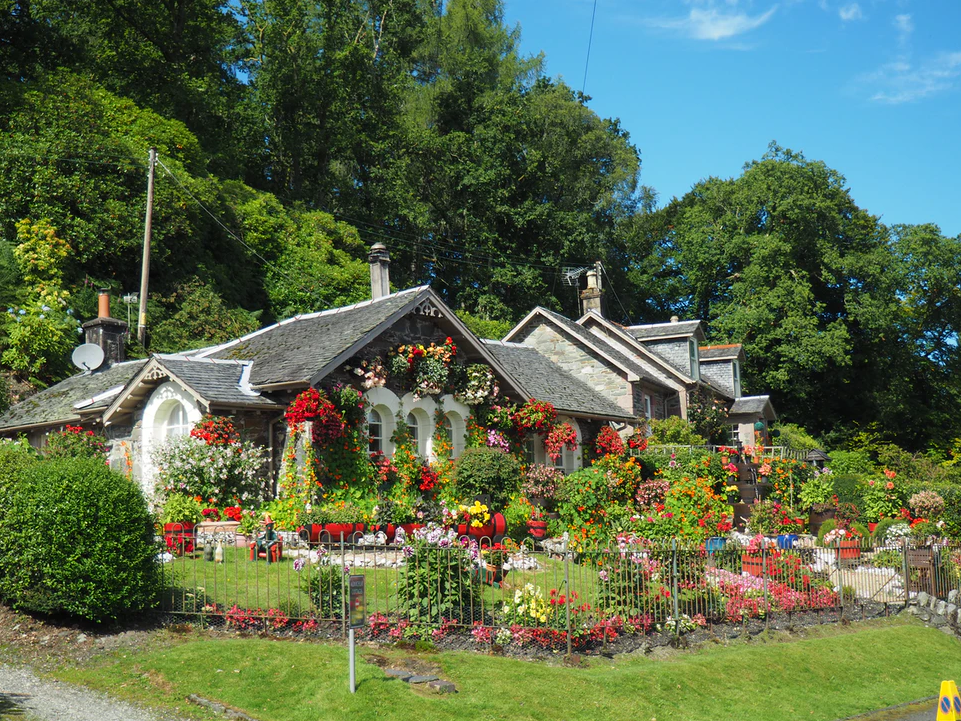Renovating Your Yard for Pet Safety and Enjoyment

Among the many features of your dream home, one of the most prominent ones may be a yard that will allow you to relax, entertain loved ones, and bask in the beauty of nature.

If you have pets, it can also serve as a safe and enjoyable area for them to roam and play. But over time, a once-pristine yard can become overgrown and cluttered. It’s the homeowner’s responsibility to renovate and maintain it as necessary to keep it beautiful and functional.
There are obvious benefits to making the effort to renovate your yard, like having the opportunity to enhance your home’s curb appeal and increase your property’s value. Above all, however, the work you put in will make the space safer and more enjoyable for the entire family, including your pets.
If you intend to renovate your yard soon so that it better caters to your pets’ needs (as well as those of the rest of the family), here’s where you can start:
1) Install Sturdy Fences
The first thing you should do when renovating your yard is to install a secure enclosure around the space. This will keep your pets safe in your yard by preventing them from wandering off, as well as protecting them from potential dangers outside.
Opt for pet-friendly fences made of durable materials such as wood, vinyl, or metal. Ensure that any fence in your yard is also high enough to prevent jumping and has no gaps or sharp edges that could cause injury to your pet.
If your pet tends to dig, consider extending the fence underground or adding a border of concrete or mesh at the base. In addition, if you have small pets, see to it that the gaps between fence slats or panels are narrow enough so that they can’t squeeze through.
2) Keep Pet Essentials Organized Indoors When Not in Use
An organized yard space is also a safer space. That being said, you’ll want to designate an area indoors to store pet essentials like toys, leashes, grooming tools, custom dog bow ties, and other accessories when they’re not in use. This will help you avoid clutter in the yard and reduces the risk of pets chewing on or ingesting potentially harmful items while they’re outside playing.
Consider using storage bins or shelves to keep everything tidy and easily accessible. For seasonal items such as outdoor beds or agility equipment, have a dedicated storage area like a cabinet or storage bin. This will protect them from the elements and prolong their lifespan. Indoor organization also makes it easier to keep track of what you have and what might need replacing, all so that your pets always have safe and functional equipment.
3) Plant Pet-Safe Plants and Flowers
When landscaping your yard, choose plants and flowers that are safe for pets. Many common plants, like lilies and azaleas, are toxic to animals. Instead of these, opt for pet-friendly varieties such as marigolds, sunflowers, and rosemary. You can also research any new plants before adding them to your garden to make sure that they pose no threat to your pets.
In addition, consider planting hardy, durable plants that can withstand the occasional rough play. You can also create defined garden beds or use raised planters to help protect delicate plants while still preserving your desire to showcase interesting greenery in your yard. Remember, too, to avoid using cocoa mulch as well, as it’s toxic to dogs. Instead, opt for safer alternatives like pine or cedar mulch.
4) Choose Pet-Friendly Ground Cover
Another thing to remember when renovating your yard is to select pet-friendly ground cover. While grass is a popular choice, you can weight other alternatives along with their advantages and disadvantages. Just be sure to choose the option that best suits your pet’s needs and your maintenance capabilities.
For instance, if you have a dog that loves to dig, artificial turf might be the best option, as it is more resistant to digging than natural grass. If your yard is prone to getting muddied, gravel or pea stone can keep your pets cleaner and your yard intact. It’s also possible to combine different ground covers to create a varied and interesting environment for your pets.
5) Build Shaded Areas
Apart from choosing the best ground cover, you also need to provide shade in your yard. This way, your pets will have a cool place to retreat to during warm weather. You can plant trees for natural shade, but easy and quick alternatives include pergolas, shade sails, or umbrellas. These shaded areas should be accessible and comfortable for your pets, with plenty of ventilation and soft surfaces for them to rest on.
If you’re planting trees, choose non-toxic varieties and be mindful of their eventual size and root spread. Shade sails and pergolas, on the other hand, can simply be placed over patios, play areas, or even above a pet’s outdoor bed.
6) Install a Water Feature
Lastly, a water feature can significantly enhance your yard and provide a source of hydration and entertainment for your pets. If you can maintain it, why not install a pet-friendly water feature like a pond, fountain, or splash pad? The pond should be shallow enough to prevent drowning, and you should install a fence or netting around it if necessary. Remember that you’ll also need to regularly clean and maintain the water feature to prevent algae growth and other contaminants from accumulating in it.
Since moving water is less likely to become stagnant, fountains are a good choice too. And if you want something even simpler, consider installing a splash pad for your pet to cool off and play. Again, just make sure to maintain these yard elements and keep the water safe for drinking. Whatever you choose, always supervise pets around water features to safeguard them from untoward incidents.
If you’re due to renovate your yard soon, these tips should help you keep your pets’ needs in mind. Use them to build a space where your pets and their humans can thrive and enjoy the outdoors to the fullest.








